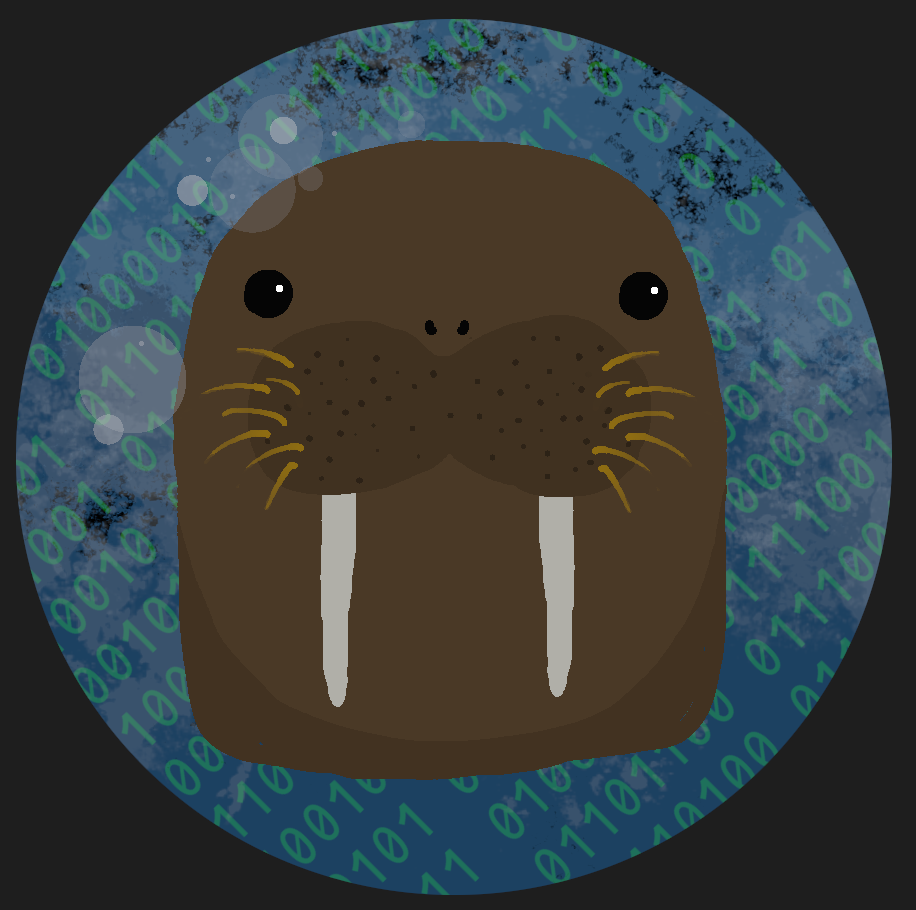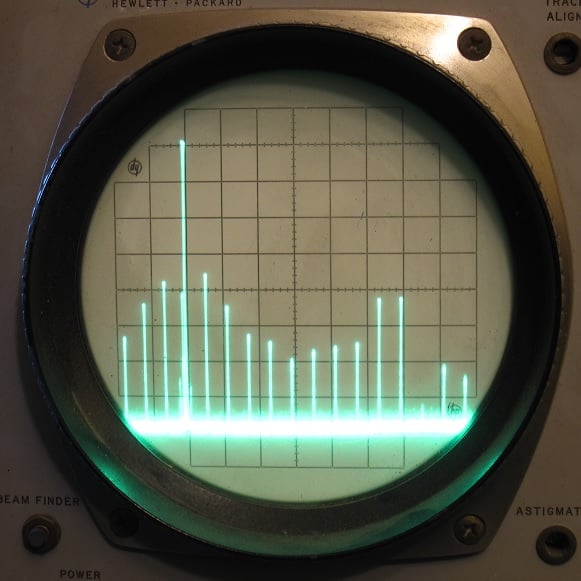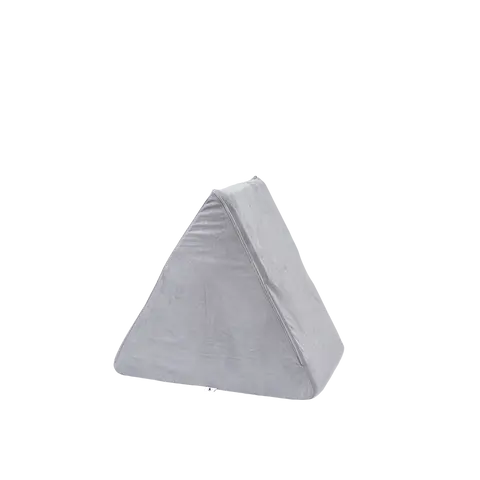With the new computer and the newer Microsoft Windows updates they have really jam packed their OS with bloat and spyware. That being said I have no idea what I’m doing with Linux, need help with where to start.? What are some general tips? I understand there’s a lot of prebuilt Linux distributions or something what are some first timer friendly ones? Really any help is appreciated because the biggest barrier to entry is the perceived difficulty of actually doing it.
As others have said, Linux Mint is probably the best distro for absolute beginners. You’ll have several desktop environments to choose from (the software suite that gives you things like window frames, the taskbar, the application launcher…). I like KDE Plasma and Cinnamon - Plasma is a lot more customizable, but Cinnamon is more robust and (IMO) better suited for beginners.
You’ll have to unlearn a lot of Windows habits.
:q!is very important, remember it.- You won’t download application installers from the internet, you’ll have to either use the system’s own package manager in the terminal (APT for Mint), a GUI front-end, or Flatpak.
- You won’t be able to choose where software are installed.
- There are no lettered drives. There is a single root filesystem (equivalent to
C:\on Windows), and every other partition has to be mounted somewhere within that filesystem. Most graphical file manager applications take care of that automatically. - Updates are very important. Fortunately they are much less of a pain in the ass. Graphical package manager apps usually offer automatic reminders, or you can use the terminal to update manually.
- The terminal is much more important compared to Windows, and you should learn basic things like navigating the filesystem, handling files and directories, how to use
sudo(eq. run as admin), how to manage running processes (top,kill/pkill/killall), and how to use the package manager. - Use manuals and the
mancommand. The Arch Wiki is an invaluable tool for every distribution. - Ask your questions. There will be dickheads, but most people will be happy to help.
I swear to God this is my biggest gripe with Linux, not being able to choose where stuff gets installed. Like yeah cool I want to have the OS on a SSD but that doesn’t mean I also want my packages to go to it too, the HDD is for that
You could set it up so that your root is on one drive and your home directory is on another
But doesn’t APT or Pacman install to root folders? Like when I say I want just the OS on the SSD I really mean it.
Usually each distro decides which packages go in / and which in /usr based on how critical, more or less, a package is to the system. It’s often not very easy to configure these choices because it affects other distro decisions, including filesystem structure and paths, and boot sequence. Beware that “just the OS” on a typical distribution is usually a lot less functionality than you get with “just” Windows NT.
There’s also /usr/local for packages you install on your own, apart from the distro package manager, and /opt, for closed source binary only packages or for anything else that doesn’t want to conform to the bin, lib, include, share schema.
Yeah, they’re installing software.
Everything below / is the OS. There isn’t an analog to C:\Windows in *nix-like operating systems.
The closest thing to a pure separation would be an immutable distro like Silverblue or MicroOS.
What are you trying to separate from the OS files? If it’s just personal documents and stuff like that, I don’t see why you can’t just keep those in your home directory. Or are you saying you want your installed programs separate from the Linux kernel? Then you can just put the boot partition on one drive and have the root partition on the other (including home). I guess I’m just a little confused as to what it is you’re trying to separate here. What do you mean when you say “separate from the OS”?
Is that really an issue, though? My entire install is only 38GB (not including swap), and I’ve never even gotten close to filling the root partition.
If you really want to, you could mount the HDD to
/usror make symlinks pointing to a directory on the HDD.I am more concerned about the life of the SSD than it filling up. I’d like to minimize the amounts of write operations and since I have a perfectly capable HDD that doesn’t suffer from such a thing I want to offload all of that work.
Also thanks for mentioning mounting, completely forgot about that and it might actually be easier to do
I wouldn’t worry too much about SSD wear. It’s not nearly as big an issue for PCs, and wear balancing can stretch that ~10000-write lifetime to many years, especially if most of the SSD is empty. I bought my oldest SSD around 2015 and it still works perfectly. SMART barely reports any errors.
If you want frequently written files to be on the HDD, start with
/var,/run, and~/.cache. Those files are likely far bigger contributors to wear than anything inside/usr.
I value a distro that “Just Works”^TM and I can affirm that Linux Mint is it! Been using it for 5 years and would never go back.
Linux Mint is great for beginners. Have you ever installed windows? Installing Linux Mint is as easy as that. The day to day use is not much different compared to windows. Don’t be afraid to try it out, you can always go back to windows if it does not work out for you
I’d say install virtualbox on your windows, download a few isos and check them out; once you’ve made your mind on which one seems a decent one (don’t worry too much: it’s not like you can’t change distro later on) and have found out replacements for all the apps you use (well, some of them will have a linux version too) save your windows data somewhere, format and reinstall.
I’d say to stay away from dual booting if you can: honestly, it’s a pain. Ah, check that your hardware works well on linux before switching!
I started with Ubuntu because it’s so widely covered in tutorials/guides and troubleshooting docs. I want to branch out and try other distros, but I have had no reason to stop using Ubuntu. I use 22.04 on my daily driver and Ubuntu server for my home servers.
Stick to popular distros, mint, Fedora, kubuntu. Test out your hardware, i prefer using usb stick but vm will work Decide on a disto and install it to that partition or drive
I first used mint and made a duel boot machine If you are doing that.
Create a blank partition first in windows. Then install Linux
Install windows first. Install Debian stable as dual boot after that. Add your user to the sudo group and restart. When stuff breaks, look up how to fix it on your phone or in your windows install.
You’re gonna have to gain a different set of troubleshooting skills to deal with Linux, but it’s pretty easy.
I have been daily driving Linux for a couple years now after finally jumping ship on Windows. Here are a few of my thoughts:
- it is important to make the distinction between the distro and the desktop environment, which is a big part of how the UI will look and feel. Many of these DEs such as KDE Plasma, XFCE, and GNOME will be common across many distros. I might do some research on which DE you like the look of. I personally have used KDE the most and that is what I prefer, but all of them are valid options.
- Coming from Windows, I would go into this with the mindset that you are learning a new skill. Depending on how advanced you are with windows, you will find that some things in Linux are simply done differently to how they are in Windows, and you will get used to them over time. Understanding how the file system works with mounting points rather than drive letters was probably a big one for me, but now that I have a grasp of it, it makes total sense to me and I really like it.
- It will also be learning a skill in terms of occasionally debugging problems. As much as I would like to report that I’ve never had a problem, I have occasionally run into things which required a bit of setup at first or didn’t “just work” right out of the box. I know that probably sounds scary, but it really isn’t with the right mindset, and there are tons of resources online and people willing to help.
deleted by creator
You can try out Fedora Kinoite or Silverblue. Stuff just works and is very hard to break. Kinoite uses KDE which has a more Windows-like UI, and Silverblue uses GNOME which has a more modern UI but will take some time for Windows users to get used to.
After installing either of those, you should rebase to Universal Blue Bluefin if you chose Silverblue, or to Universal Blue
kinoite-main/kinoite-nvidiafor NVIDIA GPUs if you chose Kinoite. Alternatively, rebase to Universal Blue Bazzite if you do a lot of gaming.This may sound intimidating, but the procedure is straightforward and beginner-friendly. Once you do it, you’ll have a system that will be very stable and hard to break. All maintenance will be done for you.
True, but then it’s complicated to install anything that’s not available through a Flatpak, and a lot of online guides don’t work. I love immutable distros (I use one myself), but I think they’re best for either advanced users who can work around the quirks or basic users who only need the web browser and a few Flatpak apps.
Grab a second SSD or HD, that way, keep windows in one as it will be probably be supplied with the computer. Add Linux to the other disk, Debian maybe, EndeavourOs much better. ThNo dual boot. And when starting to computer just choose which disk you want to use (F8 or F12 often) and later if and when ready, you wipe the windows HD and use it for backups
Removed by mod
Use mint or Ubuntu and try a dual boot install if you have drive space. That way you can use both and gradually stop using windows
My best tip is not to worry too much about distro. I like mint, but it’s not too different from PopOS or ubuntu. They’re just some nice starting points.
If you look at a few and like how they look or feel, you should know the majority of that is the desktop environment not the distro. Meaning you can change it out without re-installing or losing all your apps.
If you like linux mint with cinimon, but want to try out xfce, then just go into the app centre, search ‘xfce’, install it, log out, select xfce, and log in. Nothing is lost and you can go back at any point in time. Same with plasma, gnome, lxqt, etc. (PopOS uses Gnome with the pop shell).
Only negative suggestion would be to avoid arch based distros for the time being. They assume a bit more knowlage and break much more often. I use EndeavorOS but I understand that life isn’t for everyone
If you can, dual boot with two hard drives. Windows will work when linux doesn’t/you break it. Learn linux, distro hop, figure it out - and you’ll be able to learn at your own pace.
Removed by mod








